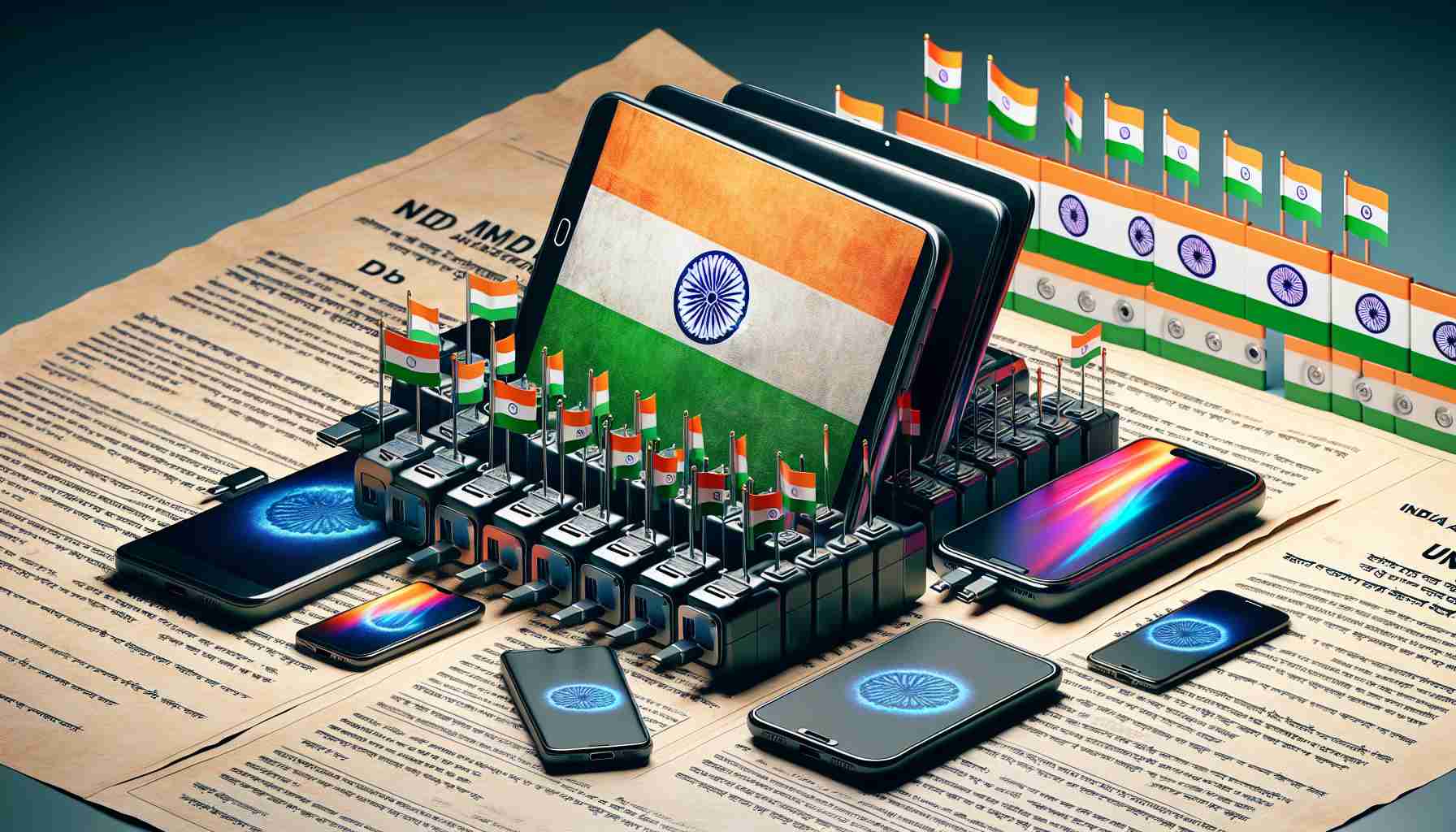
India Implements Universal USB-C Policy
India has introduced a groundbreaking mandate requiring all smartphones and laptops to adopt USB-C connectors. This regulation, to be enforced by June 2025 for smartphones and by the end of 2026 for laptops, aims to standardize charging methods across devices, ultimately reducing electronic waste and simplifying the user experience. Unlike the existing systems, this new approach will streamline the production process, eliminating the need for manufacturers to produce an array of chargers and cables, which in turn will lead to cost savings.
An Inclusive Approach
This new policy marks a significant shift in the electronics market, encompassing not only Android and iOS smartphones and tablets but also Windows and Mac devices. However, it is worth noting that certain accessories such as fitness trackers, smartwatches, earbuds, and basic feature phones are exempt from this regulation. While an official statement from the Ministry of Information Technology is pending, insiders indicate that key industry players have been consulted and are in favor of this progressive move.
A Sustainable Future
By aligning with global trends promoting sustainability and technological standardization, India’s decision reflects a forward-thinking approach toward reducing e-waste and enhancing user convenience. As the country progresses towards this USB-C transformation, consumers can look forward to a more streamlined and eco-conscious technological landscape.
India Mandates USB-C Port for Smartphones and Laptops: Expanding on the Policy
India’s bold move to mandate the use of USB-C connectors for smartphones and laptops has sparked a wave of discussions regarding the implications and impact of this policy. While the initial article highlighted the key points of the regulation, there are additional aspects to consider that shed light on the broader scope of this transformative decision.
Key Questions and Answers
1. Why is India implementing the USB-C mandate?
India’s decision to standardize charging ports with USB-C aims to reduce electronic waste by promoting interoperability and eliminating the need for multiple chargers. This move is part of a global trend towards sustainability and enhancing user convenience.
2. What are the challenges associated with this mandate?
One of the primary challenges lies in the transition period, as manufacturers and consumers adapt to the new standard. Ensuring compliance across all devices and addressing compatibility issues with older accessories could pose logistical hurdles.
3. What are the advantages of adopting USB-C?
Standardizing on USB-C promotes a more efficient production process, reduces costs for manufacturers, and simplifies the user experience by enabling cross-device compatibility. Additionally, USB-C supports faster charging speeds and data transfer rates.
Advantages and Disadvantages
Advantages:
– Streamlined production processes leading to cost savings for manufacturers.
– Enhanced user experience with universal compatibility and faster charging speeds.
– Reduced electronic waste through interoperability and longer lifespan of devices.
Disadvantages:
– Initial costs for manufacturers to transition production to USB-C standards.
– Potential compatibility issues with older accessories and devices.
– Short-term consumer inconvenience during the transition period.
In navigating the complexities of this mandate, stakeholders in the electronics industry are expected to collaborate closely to ensure a smooth transition and address any challenges that may arise.
For more information on global efforts to standardize charging technologies and promote sustainability in the electronics sector, visit ewaste.org. Stay informed about India’s technological advancements and policies by exploring IndiaTech.
